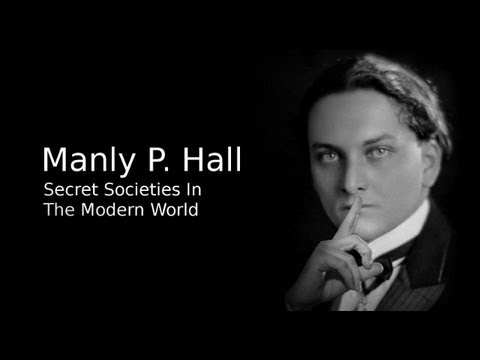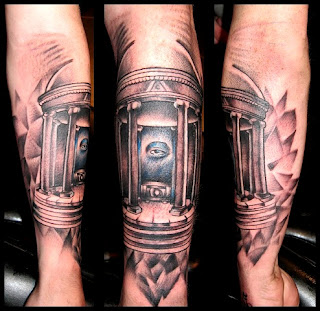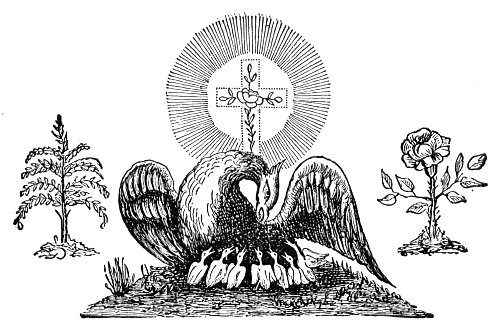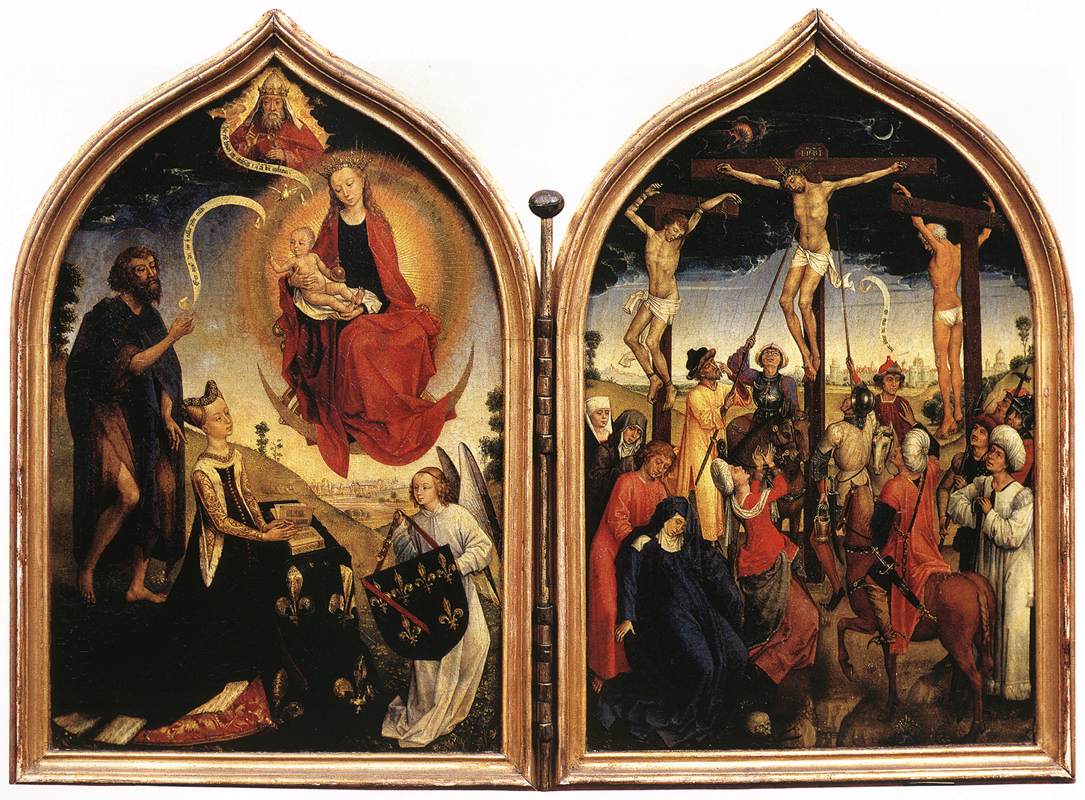Efforts to join the Order were apparently futile, for the Rosicrucians always chose their disciples. Having agreed on one who they believed would do honor to their illustrious fraternity, they communicated with him in one of many mysterious ways. He might receive a letter, either anonymous or with a peculiar seal, usually bearing the letters “C.R.C. “or “R.C. “upon it. He would be instructed to go to a certain place at an appointed time. What was disclosed to him he never revealed, although in many cases his later writings showed that a new influence had come into his life, deepening his understanding and broadening his intellect. A few have written allegorically concerning what they beheld when in the august presence of the “Brethren of the Rose Cross.”
Alchemists were sometimes visited in their laboratories by mysterious strangers, who delivered learned discourses concerning the secret processes of the Hermetic arts and, after disclosing certain processes, departed, leaving no trace. Others declared that the “Brothers of the Rose Cross” communicated with them through dreams and visions, revealing the secrets of Hermetic wisdom to them while they were asleep. Having been instructed, the candidate was bound to secrecy not only concerning the chemical formulæ which had been disclosed to him but also concerning the method by which he had secured them. While these nameless adepts were suspected of being ”Brothers of the Rose Cross,” it could never be proved who they were, and those visited could only conjecture.
Many suspect the Rosicrucian rose to be a conventionalization of the Egyptian and Hindu lotus blossom, with the same symbolic meaning as this more ancient symbol. The Divine Comedy stamps Dante Alighieri as being familiar with the theory of Rosicrucianism. Concerning this point, Albert Pike in his Morals and Dogma makes this significant statement: “His Hell is but a negative Purgatory. His heaven is composed of a series of Kabalistic circles, divided by a cross, like the Pantacle of Ezekiel. In the center of this cross blooms a rose, and we see the symbol of the Adepts of the Rose-Croix for the first time publicly expounded and almost categorically explained.”
Doubt has always existed as to whether the name Rosicrucian came from the symbol of the rose and cross, or whether this was merely a blind to deceive the uninformed and further conceal the true meaning of the Order. Godfrey Higgins believes that the word Rosicrucian is not derived from the flower but from the word Ros, which means dew. It is also interesting to note that the word Ras means wisdom, while Rus is translated concealment. Doubtless all of these meanings have contributed to Rosicrucian symbolism.
A. E. Waite holds with Godfrey Higgins that the process of forming the Philosopher’s Stone with the aid of dew is the secret concealed within the name Rosicrucian. It is possible that the dew referred to is a mysterious substance within the human brain, closely resembling the description given by alchemists of the dew which, falling from heaven, redeemed the earth. The cross is symbolic of the human body, and the two symbols together–the rose on the cross–signify that the soul of man is crucified upon the body, where it is held by three nails.
It is probable that Rosicrucian symbolism is a perpetuation of the secret tenets of the Egyptian Hermes, and that the Society of Unknown Philosophers is the true link connecting modern Masonry, with its mass of symbols, to ancient Egyptian Hermeticism, the source of that symbolism. In his Doctrine and Literature of the Kabalah, A. E. Waite makes this important observation: “There are certain indications which point to a possible connection between Masonry and Rosicrucianism, and this, if admitted, would constitute the first link in its connection with the past. The evidence is, however, inconclusive, or at least unextricated. Freemasonry per se, in spite of the affinity with mysticism which I have just mentioned, has never exhibited any mystic character, nor has it a clear notion how it came by its symbols.”
Many of those connected with the development of Freemasonry were suspected of being Rosicrucians; some, as in the case of Robert Fludd, even wrote defenses of this organization. Frank C. Higgins, a modern Masonic symbolist, writes: “Doctor Ashmole, a member of this fraternity [Rosicrucian], is revered by Masons as one of the founders of the first Grand Lodge in London.” (See Ancient Freemasonry.) Elias Ashmole is but one of many intellectual links connecting Rosicrucianism with the genesis of Freemasonry. The Encyclopædia Britannica notes that Elias Ashmole was initiated into the Freemasonic Order in 1646, and further states that he was “the first gentleman, or amateur, to be ‘accepted’.”

Moe is the founder of GnosticWarrior.com. He is a father, husband, author, martial arts black belt, and an expert in Gnosticism, the occult, and esotericism.






